margeorg
Posts: 160
Joined: 1/3/2012
Status: offline

|
Hello my dear Gorn!
The He 100 was a develeopment for just one purpose: To get the speed record for land-based aircraft back to Heinkel, and to demonstrate Heinkel´s ability to produce modern fighter aircraft comparable to the Me 109. It wasn´t a competition for the Me 109 as the standard fighter for the Luftwaffe. This can be easily proven by the fact that the development order for the Me 109 was given in February 1934 (at this time it was still called Bf 109 - Bf = Bayrische Flugzeugwerke), while the He 100 was developed 1937/1938. Ironically it only held the speed record for a short time after it was achieved at March 9th, 1939 with 746km/h. Messeschmitts own record-chasing fighter, the Me 209R took the record back on April 26th, 1939 with a maximum speed of 755km/h.
The real competitor to the Me 109 was the Heinkel 112. The Fighter competition for 1934 called for a new standard fighter aircraft for the Luftwaffe. Competing aircraft were developed by Arado (Ar 80), Heinkel (He 112), Focke Wulf (Fw 159) and Messerschmitt (Bf 109). The officials expected the Heinkel to be the winner, as Heinkel had supplied almost all fighter for the new Luftwaffe so far. While Arado and Focke Wulf did withdraw early because their planes proved not to be competitive, the Bf 109 turned out to be a radical new design. The Heinkel was a well-designed, sturdy and reliable aircraft, but the Bf 109 did climb faster, it was faster, and it had better turn rates. However, Messerschmitts design philosophy to develop very lightweight aircraft also introduced some principal problems which did plague the whole Model for its entire lifespan. Most noticable was the fragile landing gear construction, which lead to many gear collapses, and made the plane difficult to land for inexperienced pilots. However, during first demonstration flights, the Bf 109 showed it´s excellent flying performance, while the He 112 unfortunately crashed after the engine had stalled. So the Bf 109 was choosen to be the winner even before all flying tests by the "Erprobungsstelle Rechlin" (Flying test department at Rechlin) had been completed.
Heinkel tried to turn the tide with a new version of the He 112 almost one year later (He 112B), but at this time the now-called Me 109 already went into mass production, and the He 112B was therefore rejected and allowed to be sold to other countries (with very limited success). A small number of He 112B was later used in some lone squads (about 80 planes in total) while an even smaller number was exported to Hungary, Japan and Spain.
BTW, what really originated the development of the Fw 190 is not 100% clear: Ernst Udet himself, as being responsible for the aicraft production, moved away from his principle of the "Einheitsjäger" (one fighter standard) by giving a development order for an air-cooled radial engine (BMW 801) fighter to Focke Wulf in summer 1938. Is it speculated that he was influenced by the success of the Polikarpov I-16 during the spanish civil war. The I-16 design was then "translated into german", i.e. an aicraft was developed with german standards of technology and engineering. This later lead into the Fw 190.
Edit: Forgot to cite the source of information. Almost all info comes from "Die Entwicklung der deutschen Jagflugzeuge, Rüdiger Kosin, Bernard & Graefe Verlag". Ruediger Kosing was a leading aicraft designer before and during WW II, first for Focke Wulf, later for Arado. He was heavily involved in the design of the Ar 440.
< Message edited by margeorg -- 8/18/2013 8:53:50 AM >
_____________________________
Cheers
Martin
|
 Printable Version
Printable Version
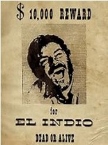






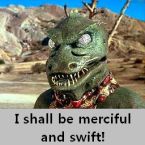
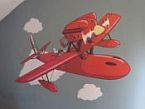

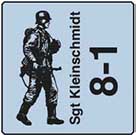

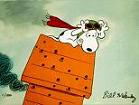


 New Messages
New Messages No New Messages
No New Messages Hot Topic w/ New Messages
Hot Topic w/ New Messages Hot Topic w/o New Messages
Hot Topic w/o New Messages Locked w/ New Messages
Locked w/ New Messages Locked w/o New Messages
Locked w/o New Messages Post New Thread
Post New Thread